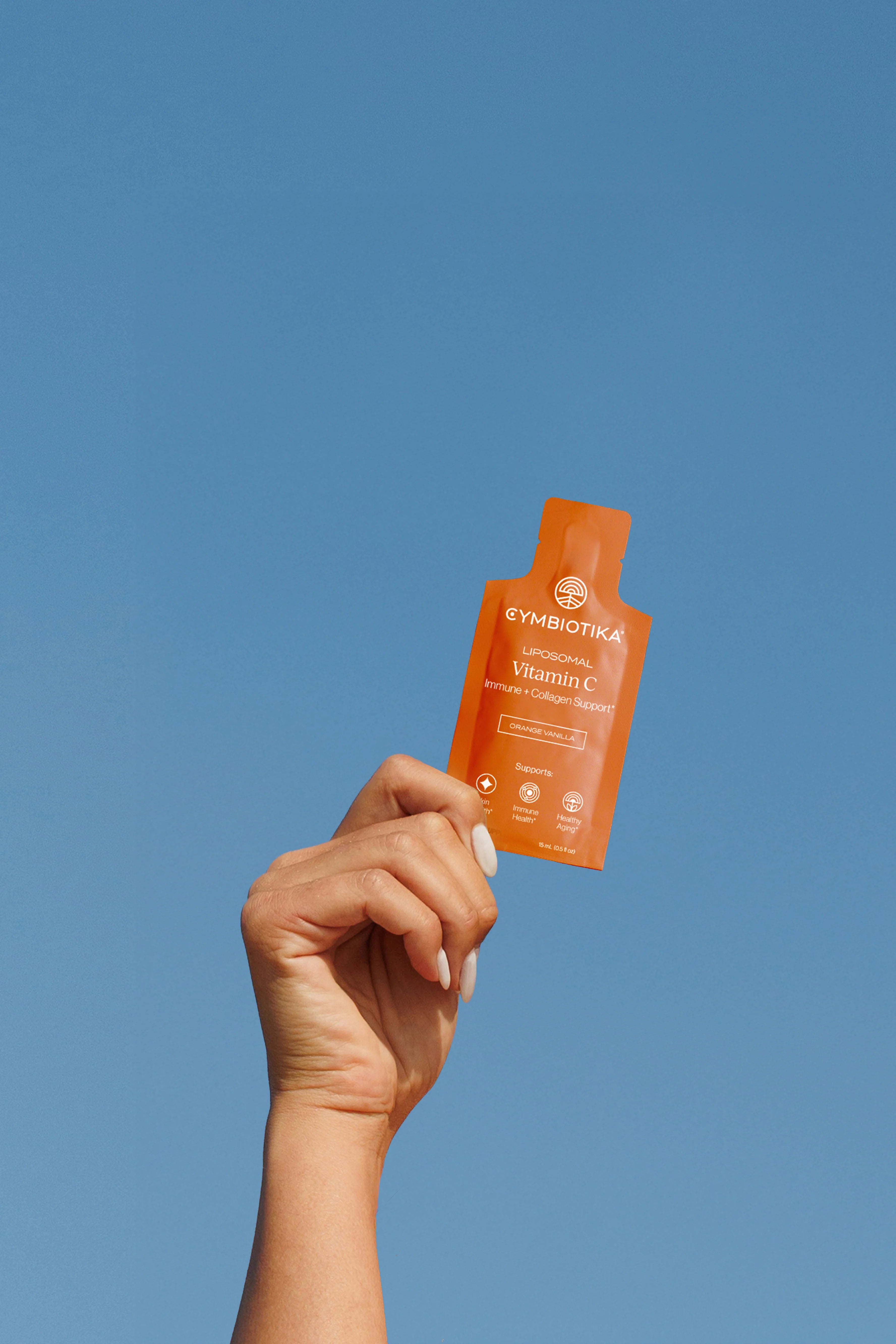Table of Contents
- Introduction
- Understanding Heart Rate Basics
- How to Measure Your Heart Rate
- Factors Influencing Heart Rate
- The Importance of Cardiovascular Fitness
- Practical Tips for Monitoring Heart Rate During Cardio
- Enhancing Your Cardio Routine with Science-Backed Supplements
- Conclusion
- FAQ
Introduction
Have you ever found yourself breathless after a workout, wondering if your heart rate has soared too high or if you're not pushing hard enough? You’re not alone. Understanding how high our heart rate should be during cardio is essential for optimizing our workouts and enhancing our overall fitness.
Research indicates that many exercise enthusiasts struggle with determining the right heart rate zone for their workouts. A study published in the Journal of Cardiovascular Health found that 65% of adults do not exercise at the recommended intensity levels, often either under-exerting themselves or pushing their limits beyond what is safe. This underscores the importance of knowing how high your heart rate should be during cardio.
In this blog post, we will explore the nuances of heart rate during exercise, including how to calculate your target heart rate, the benefits of maintaining an optimal heart rate zone, and practical tips for improving your cardiovascular fitness. By the end of our exploration, you'll have a solid understanding of how to monitor your heart rate effectively, ensuring that your workouts are both safe and beneficial.
We’ll also highlight the role of science-backed supplements from Cymbiotika, which can support your fitness journey. Our commitment to transparency and quality means you can trust that our products are designed to empower you on your wellness path.
Let’s dive into the essentials of heart rate during cardio!
Understanding Heart Rate Basics
What is Heart Rate?
Heart rate refers to the number of times your heart beats per minute (BPM). It is a vital indicator of cardiovascular health and can provide insights into how your body responds to exercise. A normal resting heart rate for adults typically ranges from 60 to 100 BPM, but this can vary based on fitness levels, age, and overall health.
Maximum Heart Rate: The Upper Limit
To understand how high your heart rate should be during cardio, it’s crucial to first know your maximum heart rate (MHR). The MHR is the upper limit of what your cardiovascular system can handle during physical activity. A common formula to estimate your MHR is:
220 - your age = Maximum Heart Rate
For example, if you are 30 years old, your estimated MHR would be 190 BPM (220 - 30 = 190).
Target Heart Rate Zones
Once you know your MHR, you can determine your target heart rate (THR) zones, which are crucial for effective training. The American Heart Association recommends the following heart rate zones:
- Moderate Intensity: 50% to 70% of MHR
- Vigorous Intensity: 70% to 85% of MHR
Using our 30-year-old example, the target heart rate zones would be:
- Moderate Intensity: 95 to 133 BPM (50% to 70% of 190)
- Vigorous Intensity: 133 to 162 BPM (70% to 85% of 190)
By exercising within these zones, we can optimize our workout for cardiovascular health and fitness improvements.
Why Monitor Your Heart Rate?
Monitoring your heart rate during exercise serves several purposes:
-
Assessing Intensity: It helps you gauge how hard you are working and whether you are in the desired heart rate zone for your fitness goals.
-
Preventing Overexertion: Keeping an eye on your heart rate can prevent pushing yourself too hard, which can lead to fatigue or injury.
-
Tracking Progress: Over time, tracking your heart rate can show improvements in your cardiovascular fitness, as a fitter heart can pump more blood with each beat, leading to a lower resting heart rate.
-
Guiding Recovery: Understanding your heart rate can also help you gauge when to push harder and when to allow your body to recover.
How to Measure Your Heart Rate
Manual Method
The simplest way to measure your heart rate is manually. Here’s how to do it:
- Place your index and middle fingers on your wrist, below the base of the thumb.
- Count your pulse for 15 seconds.
- Multiply the number of beats by 4 to get your BPM.
Using Technology
Many people today prefer to use fitness trackers or smartwatches to monitor their heart rate. These devices provide real-time data and can help you stay within your target heart rate zones. However, it's important to note that while these devices are convenient, they can sometimes be less accurate than manual measurements.
Factors Influencing Heart Rate
Several factors can influence your heart rate during exercise:
- Fitness Level: As your cardiovascular fitness improves, your resting heart rate may decrease, and your heart rate may become more efficient during exertion.
- Age: Maximum heart rate generally decreases with age, so older adults may have lower target heart rate zones.
- Hydration Levels: Dehydration can elevate heart rate, as the heart must work harder to pump blood.
- Temperature and Humidity: Hot and humid conditions can lead to an increased heart rate.
- Medications: Certain medications, especially those affecting blood pressure, can impact heart rate.
The Importance of Cardiovascular Fitness
Benefits of Maintaining the Right Heart Rate
Achieving the right heart rate during cardio not only enhances your workout effectiveness but also provides numerous health benefits:
- Improved Heart Health: Regular cardio at the right intensity can strengthen the heart muscle, enabling it to pump blood more efficiently.
- Enhanced Endurance: Working within your target heart rate zone improves your cardiovascular endurance, allowing you to perform physical activities for longer periods without fatigue.
- Weight Management: Higher intensity workouts can help burn more calories, supporting weight loss or maintenance goals.
- Stress Reduction: Engaging in regular cardio can help reduce stress and improve overall mood due to the release of endorphins.
Case Study: The Transformative Power of Target Heart Rate Training
Consider the story of Sarah, a 35-year-old marketing professional who struggled with maintaining a consistent workout routine. After learning about target heart rate zones, she began monitoring her heart rate during her cardio sessions. By focusing on staying within her target zones, Sarah found herself not only improving her endurance but also enjoying her workouts more. She lost weight, felt more energetic throughout the day, and experienced a significant improvement in her mood.
Sarah’s story exemplifies how understanding and applying heart rate training can lead to transformative results.
Practical Tips for Monitoring Heart Rate During Cardio
-
Use a Heart Rate Monitor: Invest in a quality heart rate monitor or fitness tracker that provides real-time feedback to keep you motivated and on track.
-
Incorporate Variety: Mix moderate and vigorous intensity workouts to keep things fresh and continuously challenge your cardiovascular system.
-
Listen to Your Body: While numbers are helpful, it’s essential to listen to your body. If you feel fatigued or dizzy, it may be a sign to reduce intensity.
-
Stay Consistent: Regularly engage in cardio exercise to improve your cardiovascular fitness and ensure you are familiar with how your body reacts to different intensity levels.
-
Hydrate: Always stay hydrated before, during, and after workouts to help maintain an optimal heart rate and overall performance.
Enhancing Your Cardio Routine with Science-Backed Supplements
At Cymbiotika, we believe that wellness starts with trust. Our commitment to providing transparent labels and high-quality, science-backed ingredients means that you can feel confident in your wellness choices. Integrating our fitness supplements into your routine can support your cardiovascular health and overall fitness goals.
For those looking to enhance their cardio sessions, consider exploring our Fitness Supplements collection. These products are designed to support energy levels, recovery, and overall performance, allowing you to make the most of your workouts.
Conclusion
Understanding how high your heart rate should be during cardio is vital for achieving optimal fitness and overall health. By determining your maximum heart rate and knowing your target heart rate zones, you can tailor your workouts for maximum effectiveness.
As you explore your fitness journey, remember the importance of monitoring your heart rate, staying hydrated, and listening to your body. Don’t forget that supplements, like those from Cymbiotika, can provide additional support on your path to wellness.
Are you ready to take control of your heart health? Join us in this journey, and let's achieve our wellness goals together! If you’re uncertain about which supplements are right for you, take our personalized AI quiz to find tailored recommendations.
FAQ
What is the ideal heart rate during cardio for weight loss?
For weight loss, aim for your heart rate to be within the moderate to vigorous intensity levels, typically 50% to 85% of your maximum heart rate. This range allows for effective calorie burning while still being safe.
How do I know if I am exercising at the right intensity?
Use both heart rate monitoring and the talk test. If you can talk but not sing during your workout, you’re likely at a moderate intensity. If you can’t finish a sentence, you’re at a vigorous intensity.
Is it safe to exceed my maximum heart rate during workouts?
While it is generally safe for healthy individuals to occasionally exceed their maximum heart rate, it is essential to do so with caution. If you have any health concerns or conditions, consult a healthcare professional before engaging in high-intensity workouts.
How can I improve my cardiovascular fitness?
Regular cardiovascular exercise, monitoring your heart rate, and incorporating a mix of moderate and vigorous workouts can improve your cardiovascular fitness. Additionally, consider using supplements from Cymbiotika to support your health and performance.
Can stress affect my heart rate during exercise?
Yes, stress can elevate your heart rate. It's important to manage stress through relaxation techniques, mindfulness, and maintaining a balanced exercise routine to ensure optimal heart rate levels during workouts.
By integrating this knowledge into your fitness routine, you can cultivate a healthier lifestyle while feeling empowered and informed.
*These statements have not been evaluated by the Food and Drug Administration. This product is not intended to diagnose, treat, cure, or prevent any disease.





















